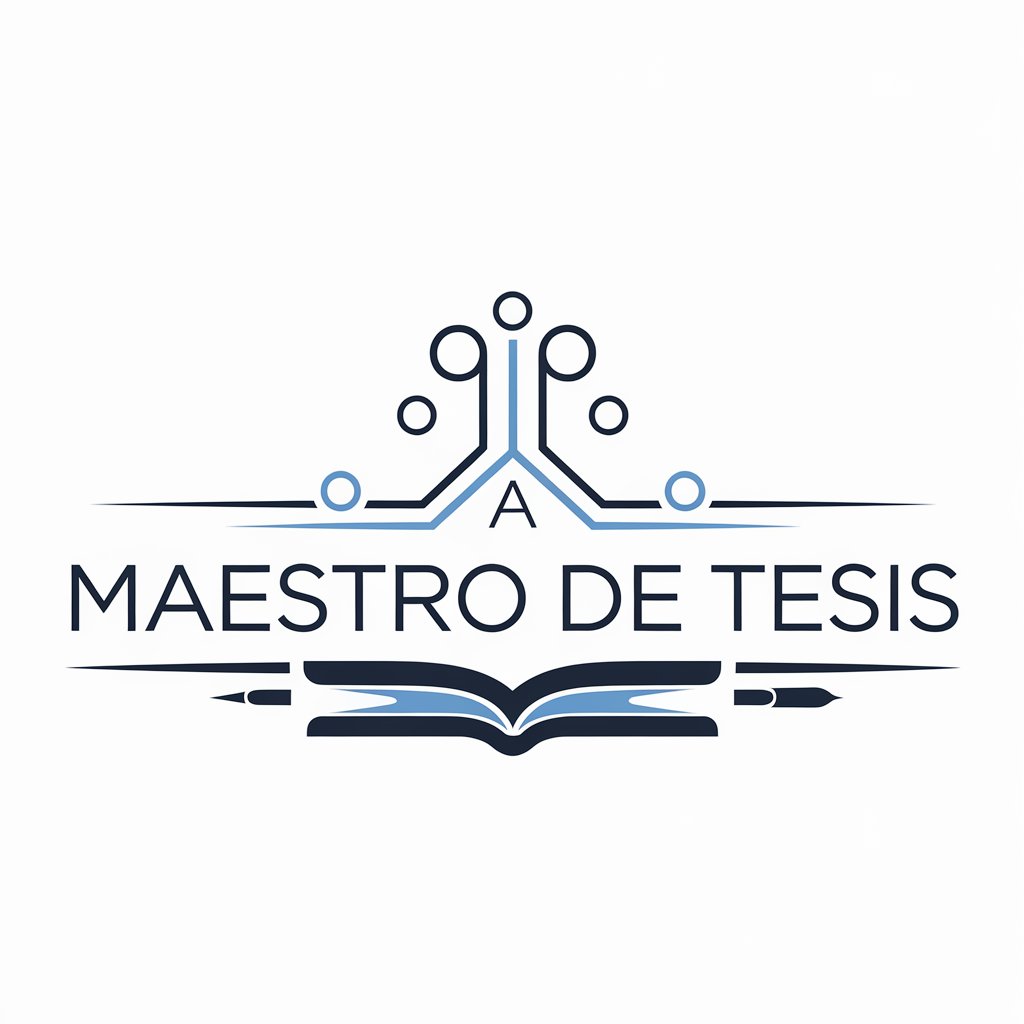
NUSEUM DOCENT-AI-powered nutrition health guide
AI-Powered Precision Nutrition, Tailored Daily

Your Museum of Nutrient Physiology & Pharmacology
안녕하세요. 저는 당신을 위한 NUSEUM DOCENT입니다
무엇을 먹어야 하는지 알려주세요
NUSEUM DOCENT와 대화하며 식사일기를 작성해 보세요
Get Embed Code
What Is NUSEUM DOCENT?
NUSEUM DOCENT is an AI-powered precision nutrition guidance system designed to act as your personal 'museum docent' in the landscape of human health, nutrient physiology, and food pharmacology. Inspired by museum curators who interpret complex information for visitors, NUSEUM DOCENT interprets thousands of scientific findings and real-world food data to guide users toward disease-free, nutritionally optimized lifestyles. It leverages a multi-disciplinary AI engine trained on 3,000+ clinical and molecular nutrition studies, linked with a database of over 81,000 food items. The system creates highly personalized food and supplement recommendations based on your unique physiology, health concerns (e.g., hypertension, stress, fatigue), lifestyle, and even your medication profile. For example, a middle-aged man experiencing cognitive decline might receive a brain-optimized meal plan emphasizing omega-3s, folate, and B6-rich foods, while excluding trans fats and alcohol due to their neurotoxic impacts. More than a simple diet tool, NUSEUM DOCENT analyzes nutrient pharmacokinetics and metabolic intermediates, offering context like "Vitamin B6 enhances serotonin synthesis by facilitating the decNUSEUM DOCENT Overviewarboxylation of 5-HTP to serotonin—important in mood regulation for those with depression." It also enforces the use of 12 mandatory food categories for complete meal diversity and adherence to the UN Sustainable Development Goals (SDGs).
Core Capabilities and Real-World Use Cases
1. Personalized Disease-Focused Meal Planning
Example
A user with Type 2 Diabetes receives a meal plan high in dietary fiber, unsaturated fats, magnesium, and taurine, and low in refined carbohydrates and trans fats.
Scenario
The system generates a weekly plan with chia flax porridge for breakfast, lentil-kale stew for lunch, grilled mackerel and quinoa for dinner, excluding any foods that may spike blood glucose such as honey or 고구마 (sweet potato).
2. Nutrient Interaction Analysis & Drug-Food Warnings
Example
Users on Warfarin are flagged to avoid Vitamin K-rich foods like kale, spinach, and natto to maintain INR stability.
Scenario
A user uploads a photo of a green smoothie. NUSEUM DOCENT identifies spinach and alerts: 'This may interfere with Warfarin absorption. Consider switching to romaine or arugula.'
3. Meal Photo Analysis & Diary Feedback
Example
After uploading lunch photos, a user is told their meal lacks omega-3s and probiotics and has excessive sodium.
Scenario
NUSEUM suggests adding a side of fermented vegetables and replacing processed deli meats with grilled salmon next time, boosting both diversity and metabolic benefits.
Who Benefits Most from NUSEUM DOCENT?
1. Midlife Adults with Chronic Conditions or Risk Factors
Individuals aged 35–65 dealing with metabolic syndrome, hypertension, high cholesterol, or early cognitive decline. They benefit by receiving science-backed food recommendations that reduce disease risk and support healthy aging. For instance, someone with prehypertension receives a potassium-rich, low-sodium meal strategy and guidance on taurine-containing fish for vascular elasticity.
2. Health-Conscious Professionals and Caregivers
Busy professionals, caregivers of elderly parents, and health-curious individuals who seek sustainable, precise nutrition without relying on guesswork. They benefit from automated meal planning that is functional, practical, and aligned with global health and environmental standards. For example, a working mom receives a 15-minute prep recipe plan integrating gut-health probiotics and phytonutrients for her children’s immune support.
How to Use NUSEUM DOCENT
Step 1
Visit aichatonline.org for a free trial—no login or ChatGPT Plus subscription required.
Step 2
State your health goal or concern—e.g., 'lower blood pressure' or 'skin improvement'. The tool will tailor nutrition guidance using evidence-based nutrient physiology and metabolic pathways.
Step 3
Receive a personalized health profile that includes food categories to eat or avoid, functional food suggestions, drug-nutrient interactions, and metabolic rationale.
Step 4
Choose from 2–3 tailored meal plan options that include a full grocery list with all 12 essential food categories (Tea, Vegetables, Fruits, etc.). Each option supports disease prevention and health optimization.
Step 5
Track your meals by uploading photos to get real-time nutrient analysis and improvement suggestions. Use follow-ups to request supplement alternatives, recipe variations, or condition-specific tips.
Try other advanced and practical GPTs
Numerologia
AI-powered insights from your birth numbers
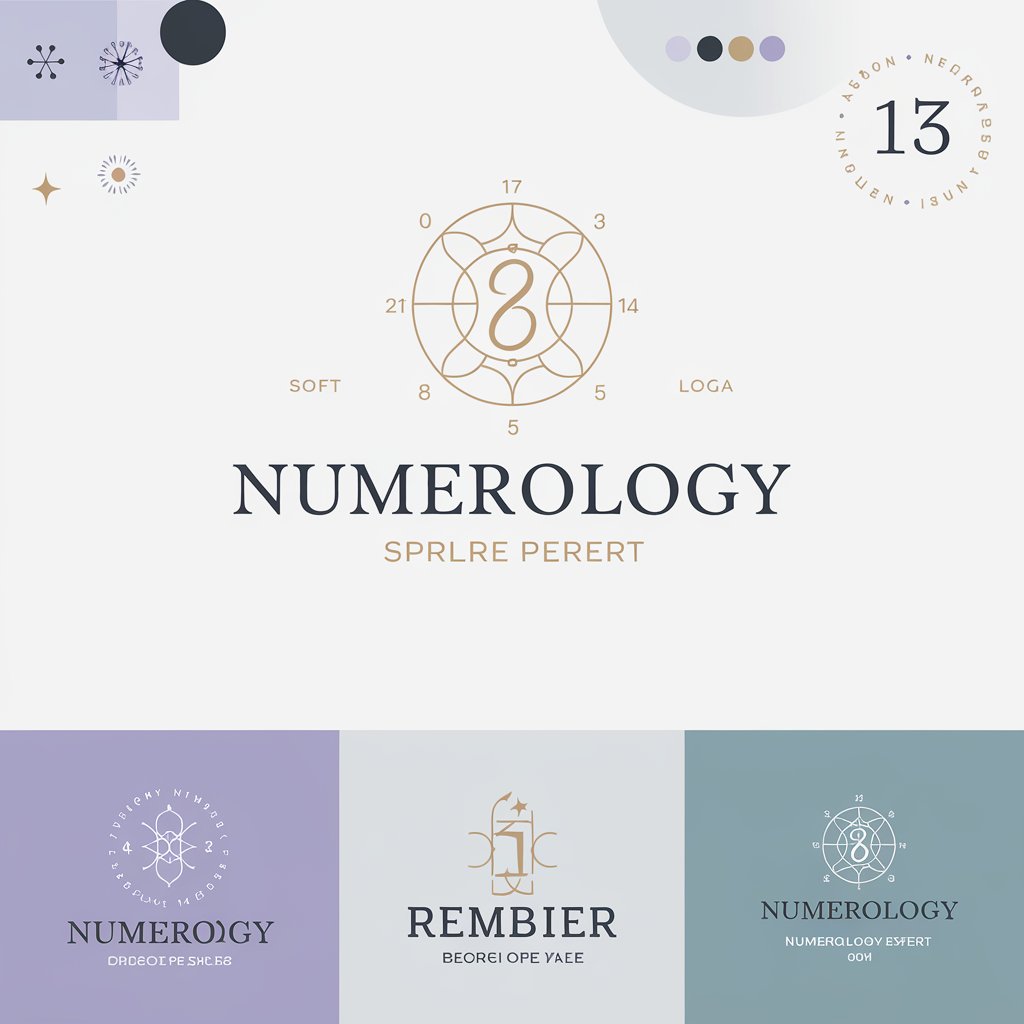
Image Curator - Spicy Vision
AI-powered image analysis for safe content.
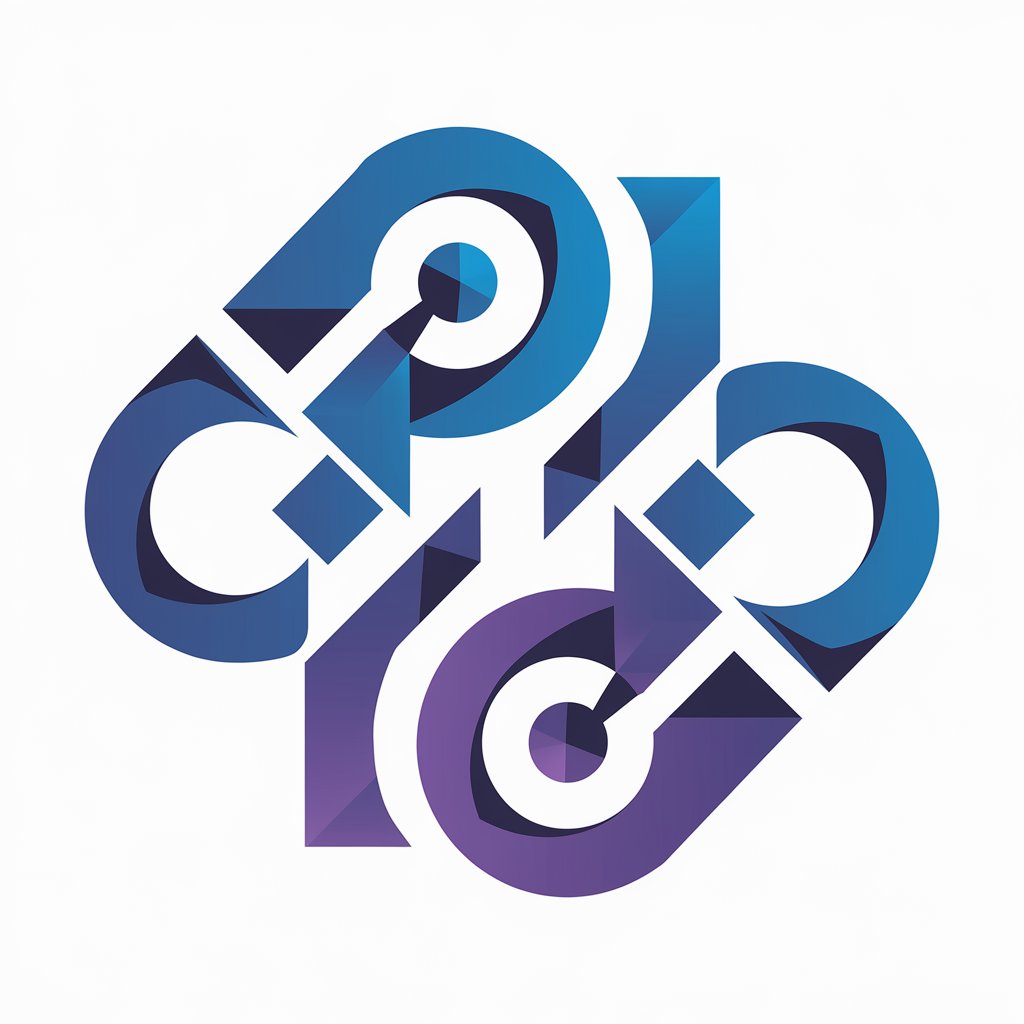
회계사가 알려주는 세무, 회계
AI-powered Korean CPA for tax and audit
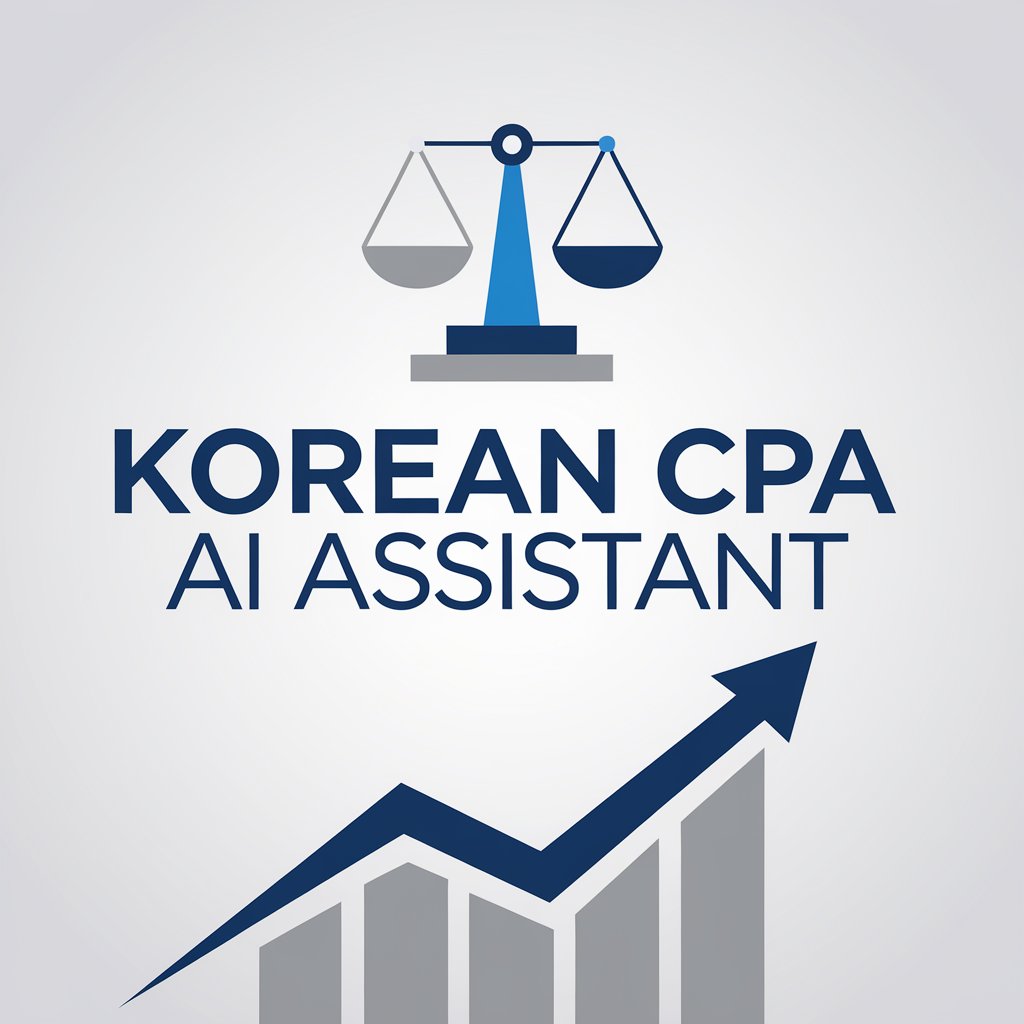
Lettre de motivation personalisée
AI-crafted cover letters that speak for you.

Fantasy Draft Pro
AI-Powered Insights for Smarter Fantasy Picks

Darker Fantasy Writer
AI-crafted tales of darkness and desire.
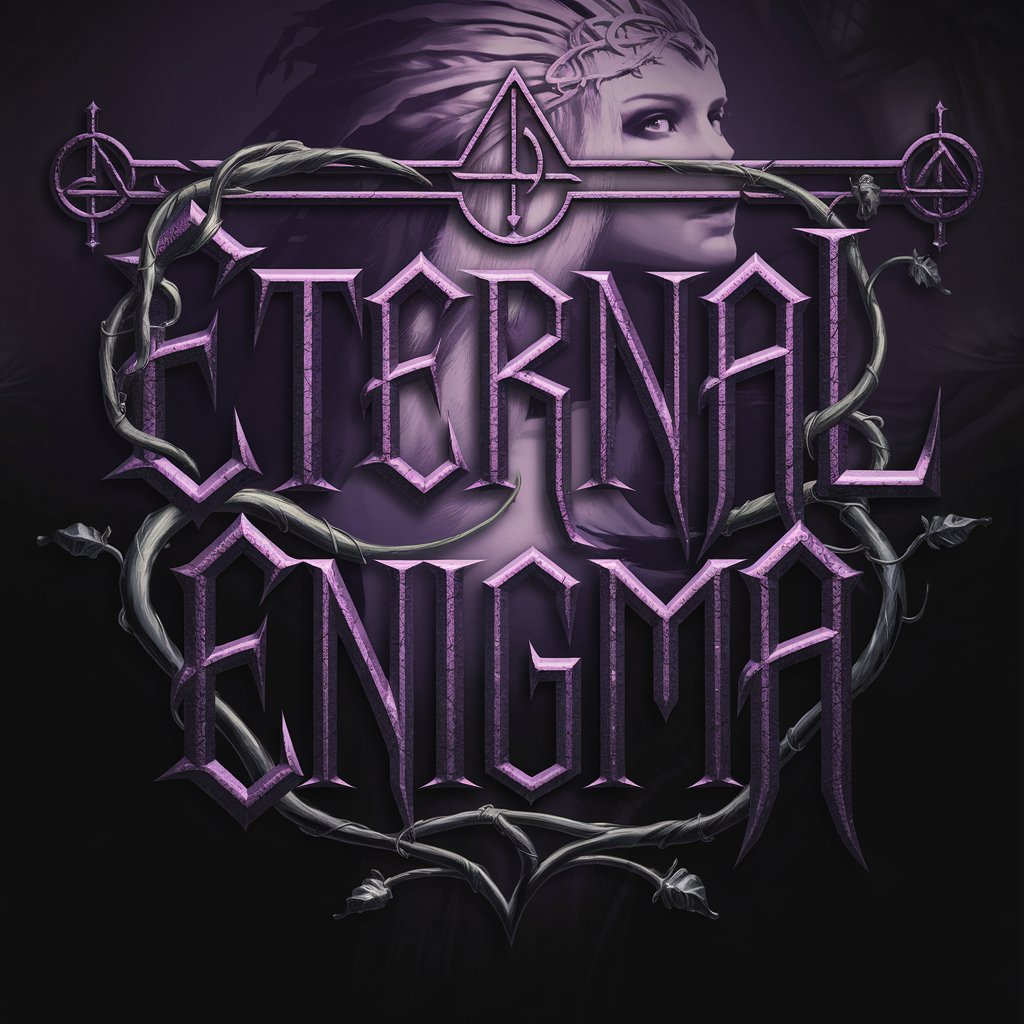
AI Flyer Generator
AI-powered designs that speak volumes.
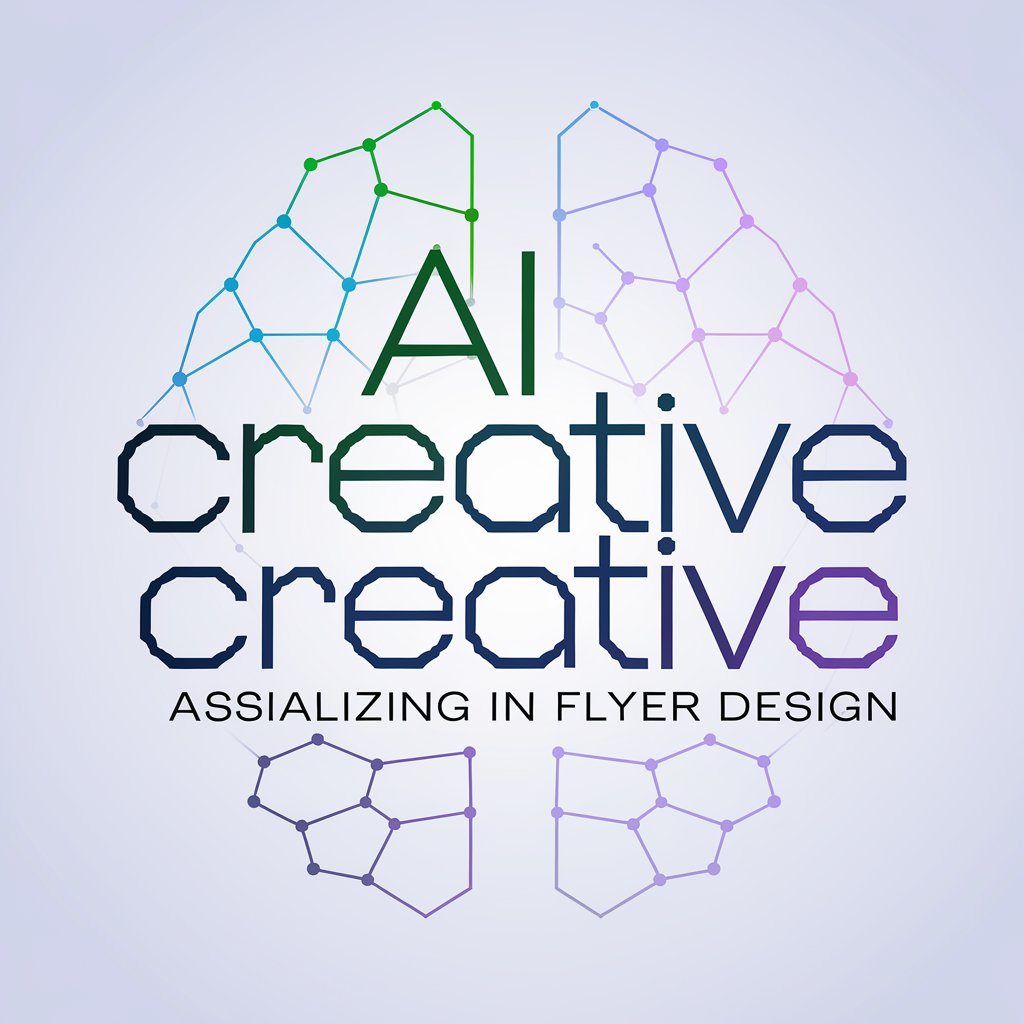
Flyer Generator
AI-Powered Flyer Design in Seconds

Estudio Colorimetría Personal -Análisis Color Tips
AI-driven color analysis tailored to you

College Admissions Essay Grader
AI-powered feedback for your admissions essay.
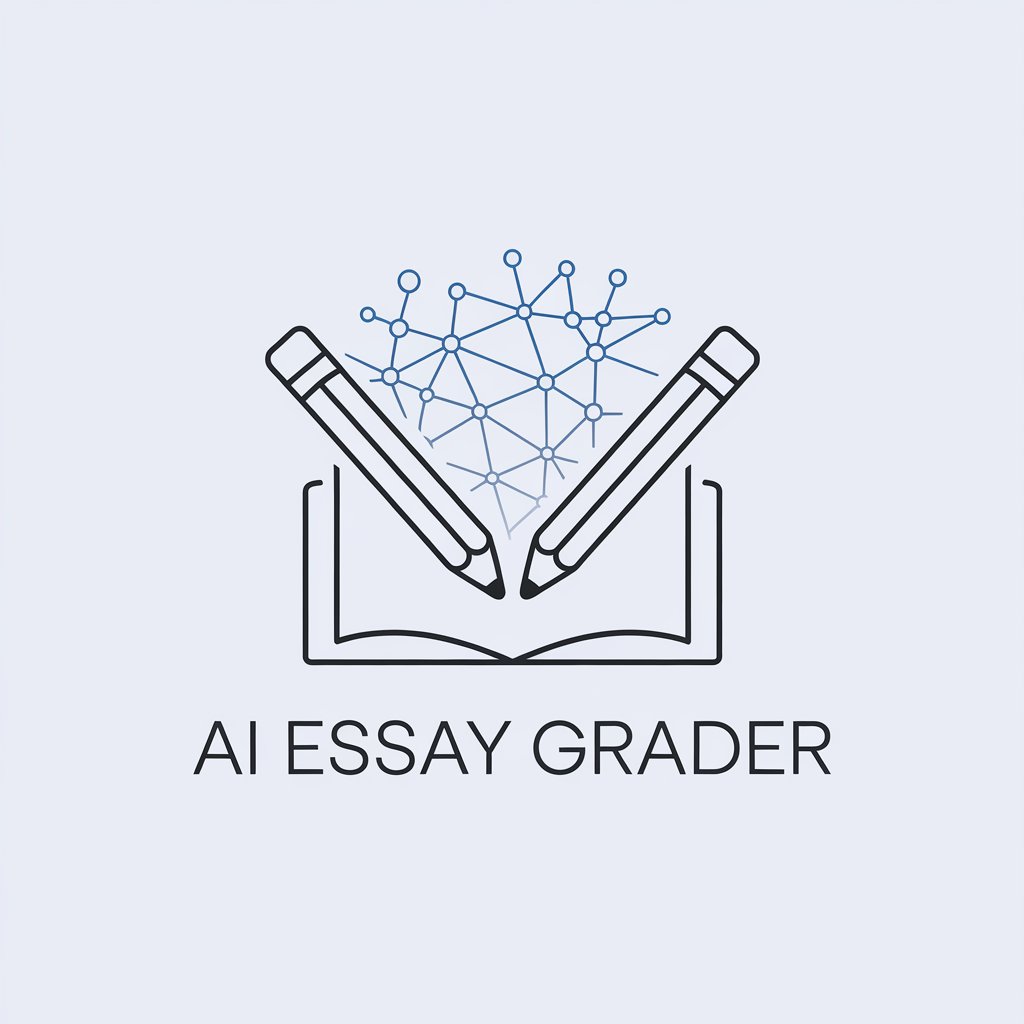
The Leaked SE Docs
AI-powered insights from leaked Google docs.

画像解析AIプロンプトマスター
AI-Powered Visual Prompt Generator

- Meal Planning
- Diet Analysis
- Grocery Lists
- Condition Support
- Supplement Advice
Top 5 Q&A About NUSEUM DOCENT
What makes NUSEUM DOCENT different from general diet apps?
Unlike standard diet apps, NUSEUM DOCENT integrates over 3,000 scientific studies and 81,000 food items to create highly personalized nutrition recommendations rooted in nutrient physiology, pharmacokinetics, and metabolic pathways.
Can NUSEUMJSON Code Correction DOCENT help manage chronic conditions like hypertension or diabetes?
Yes, it offers condition-specific nutrition strategies—highlighting foods that improve biomarkers (e.g., blood glucose, lipids), and identifying metabolic antagonists (e.g., sodium, trans fats) while optimizing functional nutrients (e.g., magnesium, taurine).
How does the meal plan ensure nutritional diversity?
Every plan includes 12 food categories to guarantee metabolic variety and sustainability, balancing macro/micronutrients, functional ingredients, and even lesser-known health-promoting compounds like polyphenols, isoflavones, and melatonin.
What if I can't follow the whole-food diet recommendations?
NUSEUM DOCENT recommends scientifically validated supplements when necessary, explaining nutrient function, timing, interactions (e.g., calcium vs. bisphosphonates), and safety thresholds based on pharmacodynamic and absorption kinetics.
Is this tool suitable for people with food allergies or on medications?
Yes. It cross-references allergens and drug-nutrient interactions—e.g., avoiding Vitamin K with Warfarin, or calcium with tetracyclines—ensuring safe, evidence-informed food and supplement guidance tailored to your profile.


